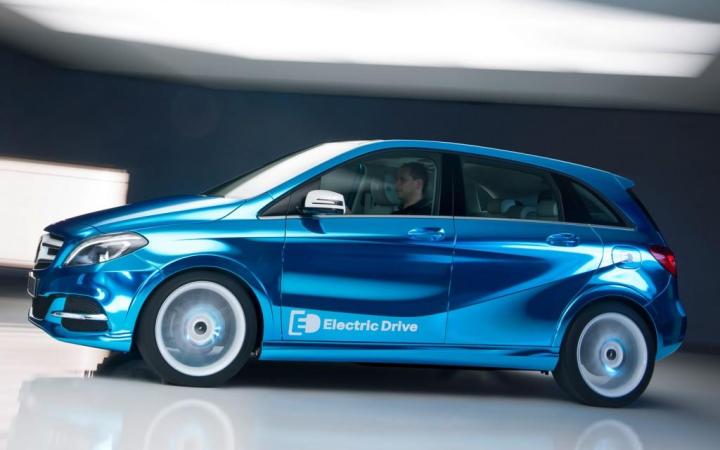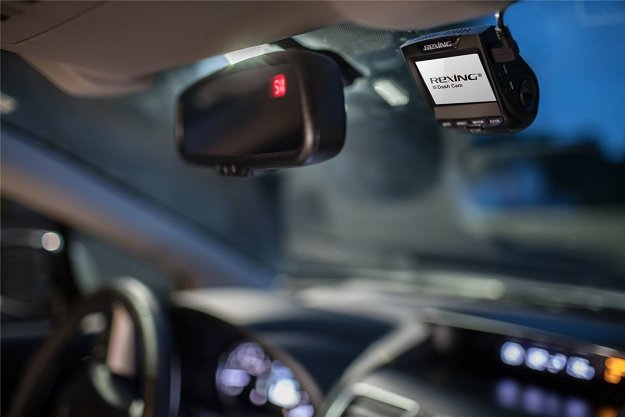
Get ready for a fight.
BMW and Mercedes-Benz have one of the most intense rivalries in automobiledom, and they’re about to take it to the next level.
Mercedes R&D chief Thomas Weber told Automotive News Europe (sub. required) that his company’s B-Class Electric Drive will outshine the vaunted BMW i3, and other electric cars.
“In all the key criteria, this vehicle will be at least as competitive as our competitors’ models,” Weber said. If you were wondering, that’s German fightin’ talk.
Weber believes the B-Class Electric Drive will have an advantage because of its practicality. Unlike the bespoke i3, the Electric Drive is based on an existing subcompact hatchback, meaning it has five full-size doors, five seats, and a larger footprint than the BMW.
Weber said the B-Class Electric Drive will also offer class-leading performance.
The car has an estimated range of around 125 miles; Weber said this could be achieved in “normal everyday use.” EVs tend to lose range in everyday driving due to a variety of factors, so we’ll have to see if that claim holds up.
The B-Class’ electric motor will produce an estimated 134 horsepower and 228 pound-feet of torque. That will be enough to get the car to 62 mph in 7.9 seconds, according to Weber.

So how do those numbers stack up against the B-Class Electric Drive’s arch rival?
The i3 will have 80 to 100 miles of range, according to BMW. Its electric motor produces 170 hp and 184 lb-ft, enough for a 0-60 mph time of around 7.0 seconds.
It isn’t surprising, though, that the smaller and more powerful BMW aces the theoretical 0-60 test. However, the cars’ ranges are pretty close.
This may be partially due to the Mercedes’ larger battery pack (28-kilowatt-hours, versus 22-kWh for the BMW). Still, it looks pretty impressive on paper, considering that the i3 was designed to be as lightweight and efficient as possible, while the Electric Drive was built off an existing platform.
Unlike BMW, Mercedes won’t offer the Electric Drive with an optional range-extending gasoline engine.
The two cars’ differing philosophies may be their most distinguishing features.
BMW sees the i3 as a completely new kind of car, which means consumers may be a little bewildered by it. With the B-Class Electric Drive, Mercedes has built a normal car that just happens to be electric. That will appeal to more conservative customers, but won’t be a fashion statement like the BMW.
Both cars are expected to go on sale in the United States next spring. The i3 will start at $41,350; Mercedes hasn’t announced pricing for the B-Class Electric Drive.
Which one do you think will come out on top? Let us know in the comments.
Editors' Recommendations
- Mercedes-Benz EQS SUV vs. BMW i7: Ultra-luxury, head-to-head
- Mercedes-Benz’s brawny G-Wagen will get an electric makeover
- Tesla Model 3 is the world’s most-searched-for electric car, survey says


